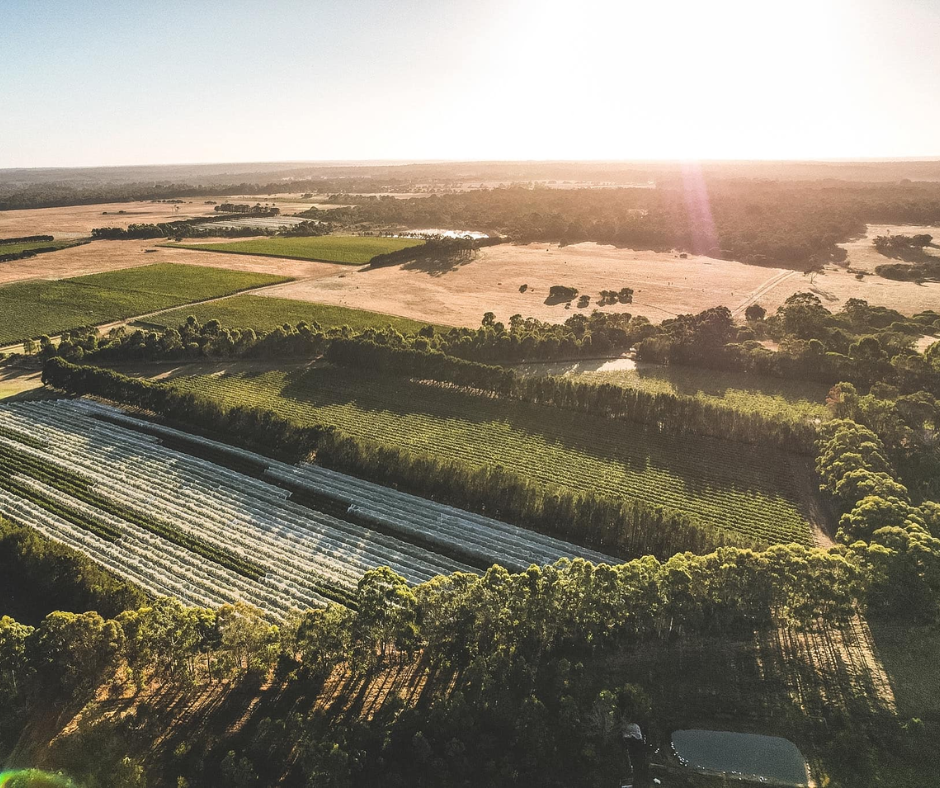
Photos courtesy Voyager Estate
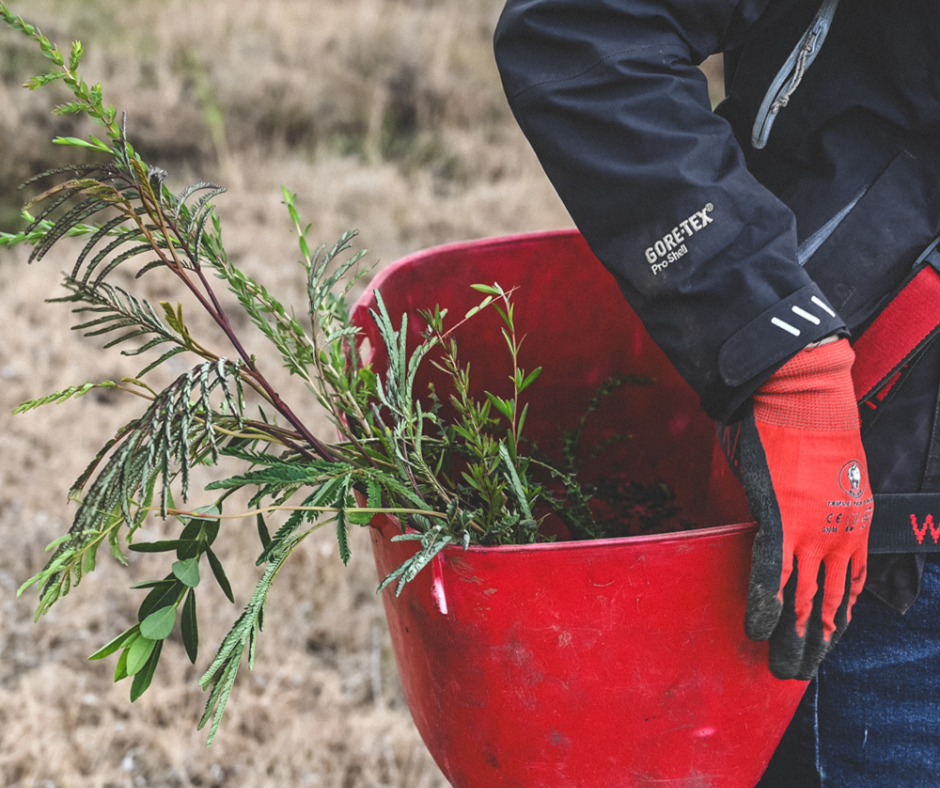
Like many producers we know, the team at Voyager Estate, near Margaret River, know only too well the impact climate change is having on business.
According to the 2023 National Statement on Climate Change and Agriculture, agriculture was the most vulnerable sector to climate impact and changes in seasonal conditions had already reduced farm profits by an average of 23%.
In the case of the wine industry, and our friends at Voyager Estate, the changing climate is fundamentally shifting where, when and what kind of wine can be grown.
But a visit to Voyager and a chat with their team will tell you their commitment to land care runs much deeper than mere climate adaptation and profit. The value of consistent investment in the health of the land they farm is a philosophical given, instilled 40 years ago when the property owner first dipped his shovel into the gravelly soil.
Sustainability is at the core of everything they do as members of Sustainable Winegrowing Australia and International Wineries for Climate Action.
While the crop is different, we know the philosophy is the same not far down the road at Vasse Valley Hemp where Bronwyn and Chris feel compelled to do their part in ensuring their young children and future generations inherit a healthy planet.
Seizing the opportunity
Both were quick to put their hands up in 2022 when the Australian Government went looking for property owners interested in helping test the idea of a carbon market that could simultaneously help farmers diversify their income while delivering environmental benefits as part of a national effort to reduce emissions and slow climate change.
Voyager and Vasse Valley were among 68 properties selected nationally to undertake planting of mixed species native trees and shrubs on their land, to increase biodiversity and remove carbon from the atmosphere.
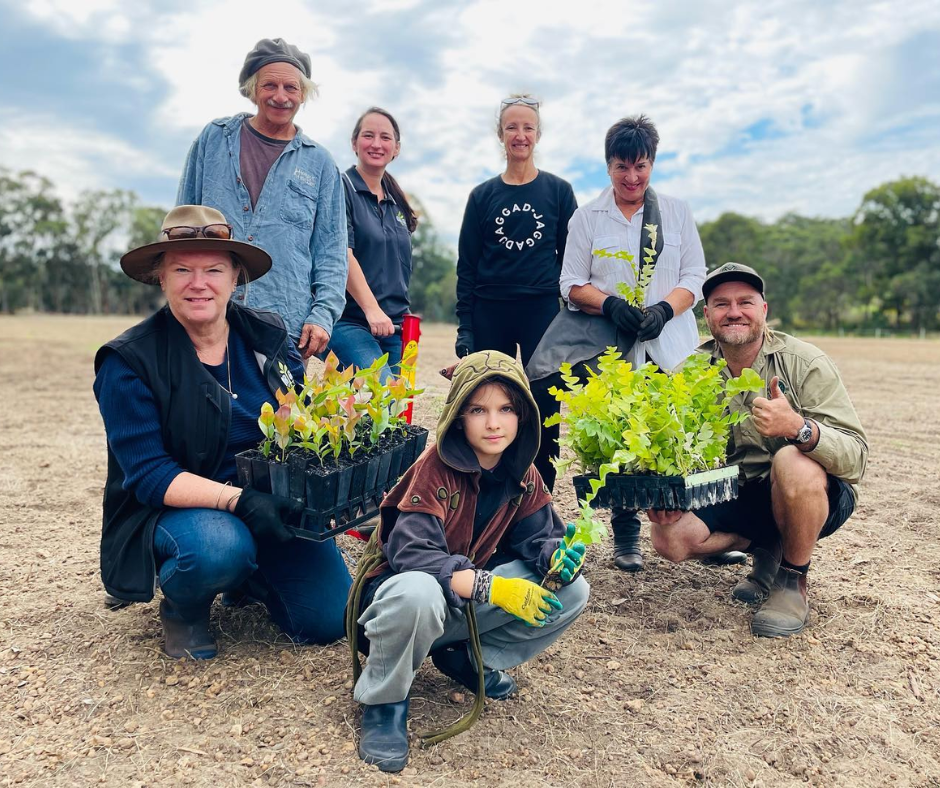
Photos courtesy of Vasse Valley Hemp.
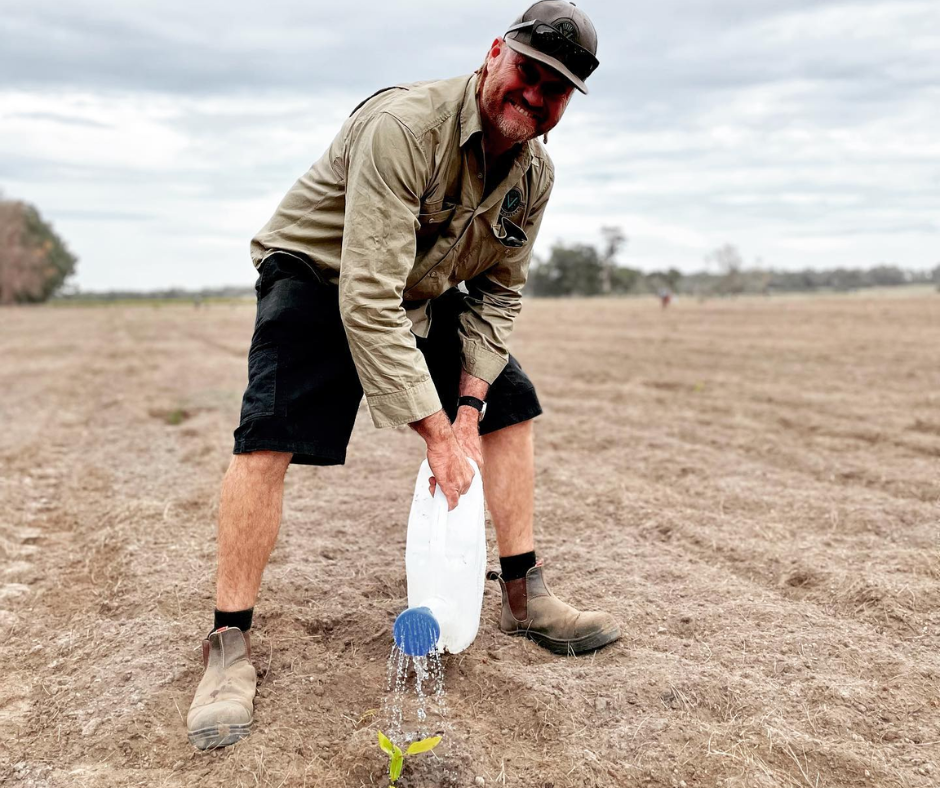
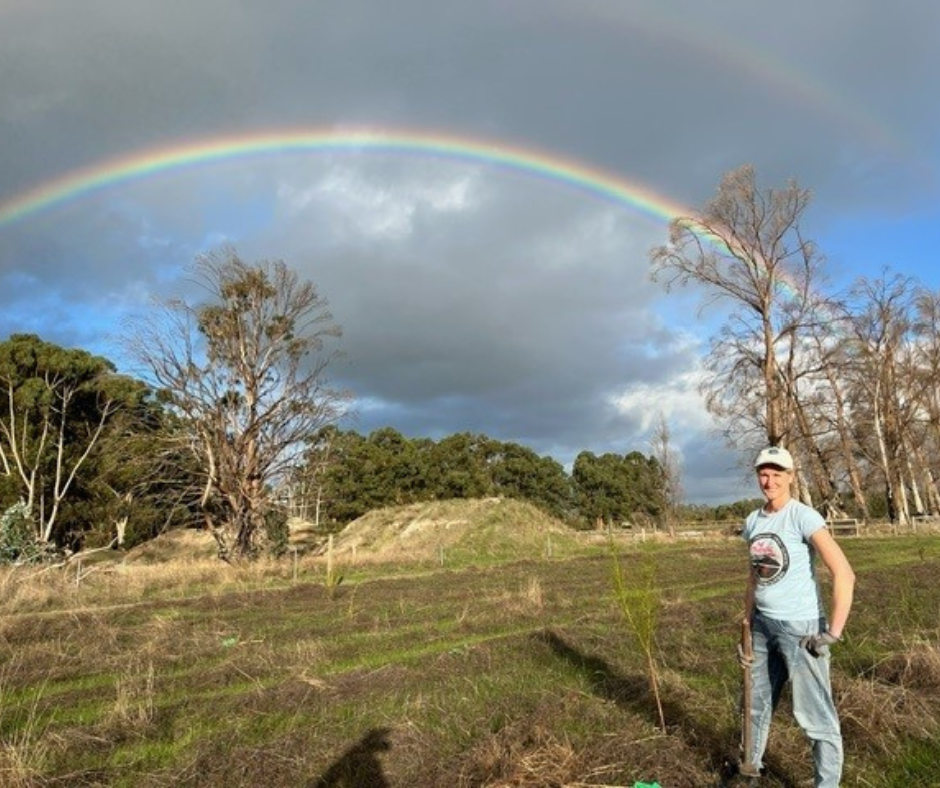
In return for their planting projects, property owners received funding support and Australian Carbon Credit Units (ACCUs) from the Emissions Reduction Fund which can be traded like stocks and shares with the Government, private businesses looking to offset emissions or even retained as a step towards making their own business carbon neutral.
A total of 7,000 seedlings went into the ground at Vasse Valley and 13,040 at Voyager.
Participating farmers were required to undertake regular reporting back to the Government on outcomes to inform development of the Nature Repair Market and it’s associated legislation and framework.
How we helped
South West NRM not only helped the Department of Agriculture, Fisheries and Forestry design the project, we also undertook site assessments to assist with processing applications and then worked with the farmers during the set-up phase to ensure successful project delivery.
Recently our Sustainability and Environment Lead Linda Metz visited the planting projects at Voyager and Vasse Valley to see how the little seedlings had fared since they were planted in the middle of last year, ahead of what became one of the region’s driest seasons on record. 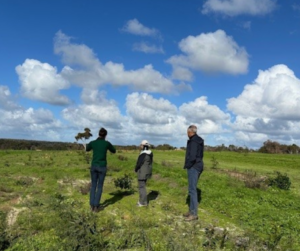
In truth, while it was clear that both planting projects had done it tough, the positive change in the landscapes, previously cleared for agriculture, was obvious.
As Linda reflected after the visits, investing in carbon and revegetation is a long game. Obvious short-term results and impacts are not always easy to see. Some native species can take years to reach maturity.
But both projects have played a significant role in ensuring similar outcomes can be replicated at scale across the country once the Nature Repair Market comes online and the benefits to both the resilience of farm businesses and the environment will no doubt be something to celebrate.
You can read more about this project and others like it via this page of our website.
You will also find a wealth of resources in our Sustainable Agriculture information hub.


